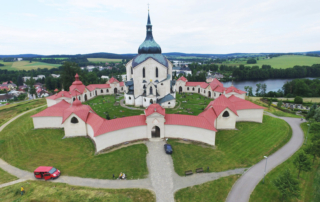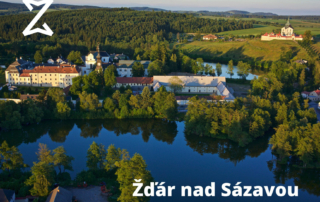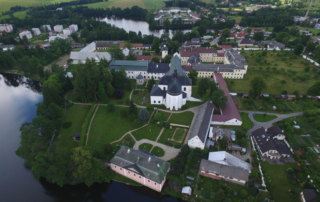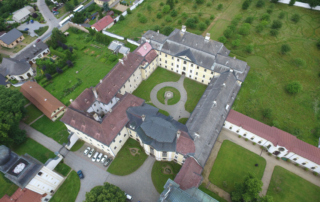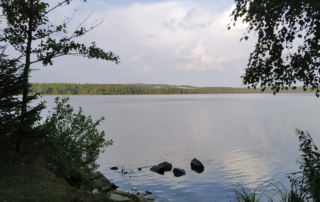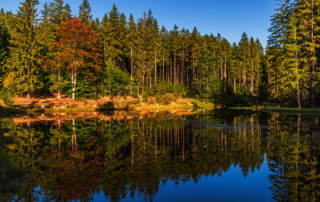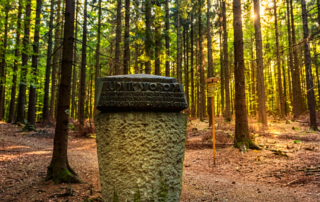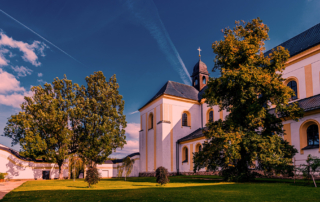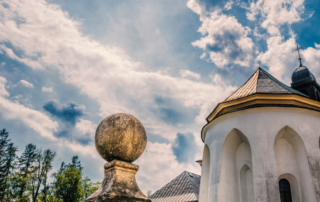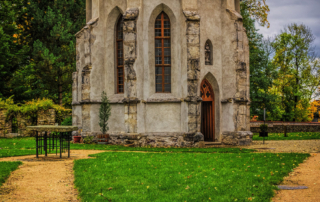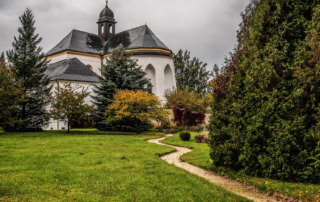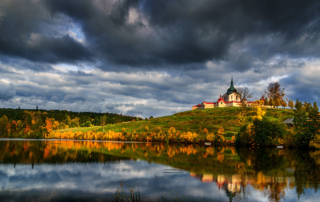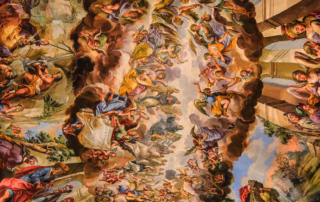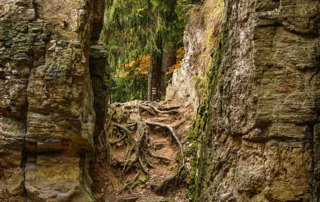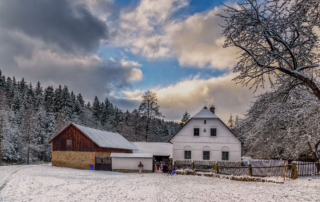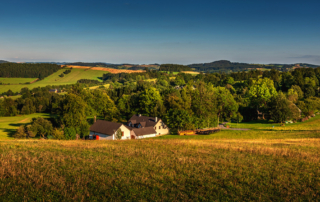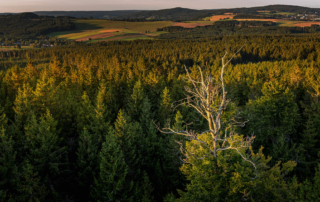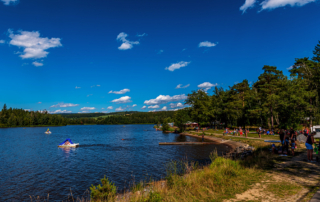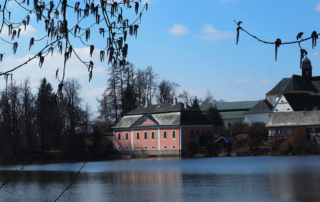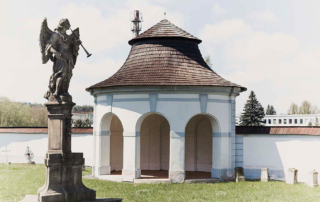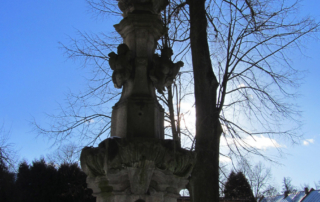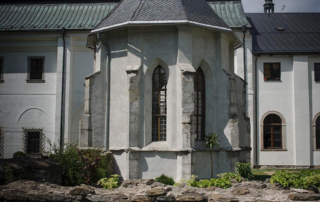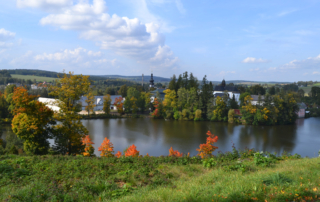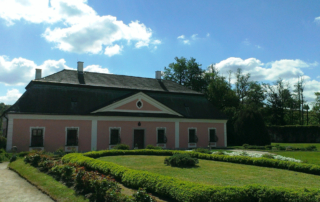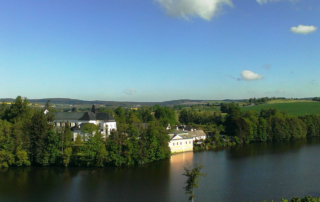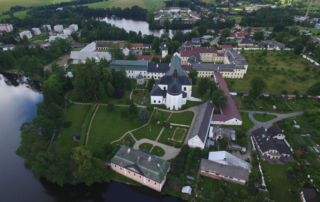Žďár nad Sázavou
Founding date: 1252 (order number 648 according to Janauschek)
Dissolution date: 1784
Filiation / mother monastery: Morimond-Ebrach / Monastery Nepomuk
Daughter monastery: /
Saar Monastery was founded in 1252 in the Bohemian-Moravian border region between the Sázava and Svratka rivers on the Libicka trade route. Dozens of ponds and chains of ponds were built around the monastery and its courtyards, as well as numerous hammer mills for metal processing. The monastery flourished in the 18th century, as evidenced in particular by the pilgrimage church of St. John Nepomuk on the Green Mountain.
Audio version
Current events
Latest posts
The cultural landscape
The monastery was built in the Middle Ages on the strategically important border between Bohemia and Moravia as a boundary stone between two historical Bohemian lands between the natural borders formed by the Sázava and Svratka rivers.
The development of the monastery and the surrounding landscape has been influenced by almost 800 years of history and by all the significant historical events that changed Central Europe and contributed to the formation of today’s Europe.
Due to fire damage and secularization tendencies in Central Europe, it was abolished at the end of the 18th century. Currently, the former monastery is a cultural center of the landscape, participating in the candidacy for the EHL label with the European network CISTERSCAPES together with 16 partner sub-sites.
Technologies that the Cistercian order spread throughout Europe were also adopted by the monks for the Žďár landscape, making the most of their ability to reshape the landscape through water systems. The monks built many ponds, dams and other forms of waterworks. The energy obtained from the water was used to drive mills, but also to produce metal.
Unfortunately, most of the rural elements of the landscape were transformed by collective farming during the communist era in the 20th century. The influence of the Cistercians on the landscape was also evident in the architecture, as can be seen in the UNESCO pilgrimage church of St. John of Nepomuk at Zelená Hora.

